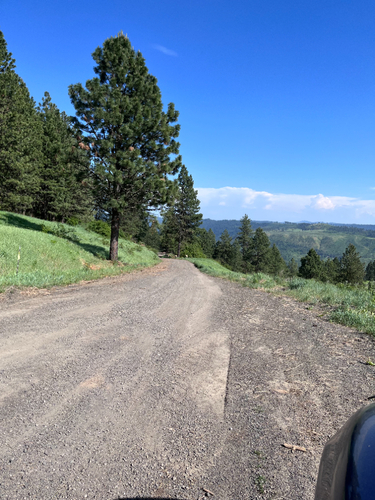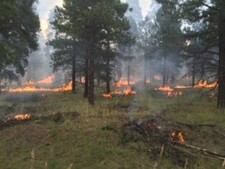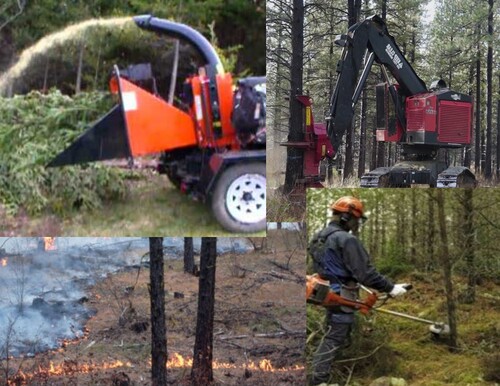Both privately and publicly managed forests and rangelands throughout the interior Northwest face the risk of large, intense wildfires. These risks are often linked to large amounts of dry or fire-prone fuels, both native and non-native, in habitats stressed by disease or overcrowding. Without visual aids like photographs or measurements, the gradual changes in forests and rangelands that contribute to wildfire hazards may go unnoticed by landowners. The consequences of large wildfires, such as reduced property values, altered scenery, loss of habitat diversity, and degraded soil and water health, can persist for decades. Rural landowners should not overlook the likelihood that their property could be affected by wildfires.
Intense wildfires that spread rapidly pose increased threats to life, property, and ecological diversity, and they are costly to manage. A century of policies aimed at suppressing wildfires, combined with limitations on proactive management and shifts in societal policies, have led to a heightened risk of catastrophic fires. Expanses of dead or stressed vegetation, whether vertical or horizontal, significantly influence the intensity, spread rate, and size of fires. Wind-driven wildfires, especially those fueled by continuous fuel sources near homes and infrastructure, pose significant risks to life and property. Factors that exacerbate wildfire intensity and are beyond immediate control include drought, extreme temperatures and winds, unmanaged hazards on adjacent properties, limited firefighting resources, and competing emergency priorities. Given the expected changes in climate and the presence of dead or stressed vegetation, the question is not if, but when and how intensely wildfires will impact rural and urban properties. Experience in extreme wildfire hazard assessment is vital for mitigating operational risks for landowners, firefighters, and local cooperators.
Effective management planning and prioritization necessitate a grasp of the collective effects of topography, fuel types (such as wood, grass, or a combination), local winds, firefighter access, and neighboring landowners. Management strategies may involve the strategic diminution of continuous fuels, fostering conditions for the swift establishment and protection of control lines, and ensuring safe emergency access and exit routes for landowners and firefighters. The optimal period to implement these strategies to mitigate wildfire risks falls within the 6-8 month window outside the fire season, when resources such as skills, equipment, and time are more readily available, and the immediate pressures of combating wildfires are not present.
What I can offer to help you plan…
- A comprehensive grasp of the intermountain Northwest's fire ecology and management practices, including the planning of essential firefighting access, can mitigate the magnitude, intensity, and risks associated with severe wildfires..
- Operational expertise assessing and recommending strategies and practices to enhance resilience against wildfire threats, ensure safety for landowners and firefighters, and establish annual or long-term maintenance practices.



